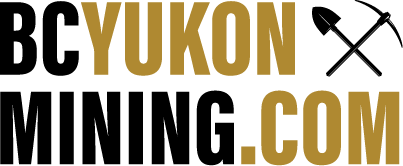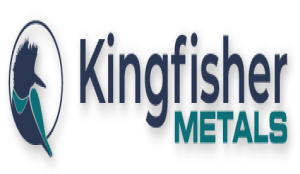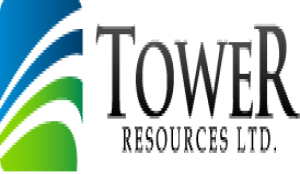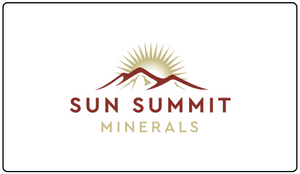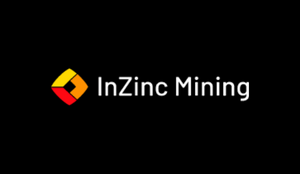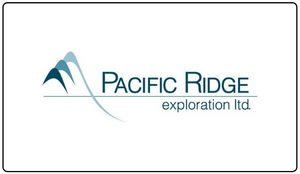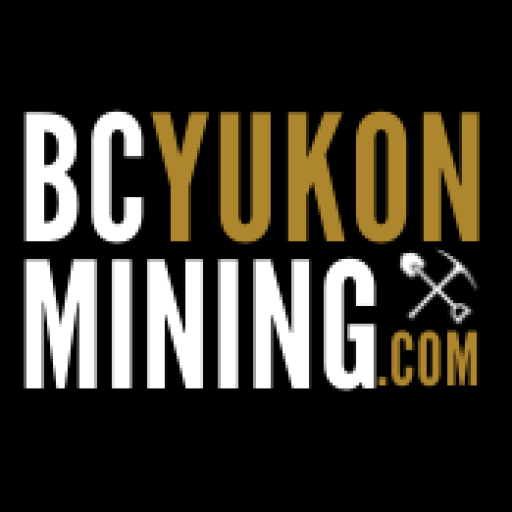Vancouver, Canada – November 10, 2021 – Canagold Resources Ltd. (TSX: CCM, OTC-QB: CRCUF, Frankfurt: CANA) announces high-grade gold assays for two more drill holes from the ongoing 24,000 meter (m), 47-hole drill program at its 100% owned New Polaris Gold project located in northwestern British Columbia, 100 kilometers (km) south of Atlin and 60 km northeast of Juneau, Alaska.
The focus of the drill program is infill and step-out drilling in the C West Main (“CWM”) vein system which hosts a major part of the gold resources at New Polaris. The intercepts reported below include results for two holes that also intercepted thick intervals of significant gold mineralization in two veins located in the hanging-wall of the CWM vein.
Highlights:
- Hole 21-1844E3 intersected 11.0 gpt over 8.9 m from 414.4m in the C9 vein, 14.5 gpt over 3.0 m from 438.7m in the C10 vein and 7.92 gpt over 5.0 m from 549.0 m in the CWM Vein.
- Hole 21-1905E2 intersected 8.10 gpt over 9.9 m from 353.6 in the C9 vein, 11.1 gpt over 17.8 m from 380.9 m in the C10 vein and 4.98 gpt over 7.6 m from 486.0 m in the CWM Vein.
Scott Eldridge, CEO and Director, said, “We continue to see impressive high-grade intervals in our infill drilling which demonstrates the continuity of New Polaris’ mineralization. What’s more, we are now finding impressive high-grade intercepts in the C10 vein, parallel to and about 100m vertically above the C-West Main (CWM) vein. Another previously disclosed high-grade intercept in the C-10 hanging-wall returned 17.1 gpt Au over 8.4 m. None of the C-10 mineralization is in the resources estimate and these intercepts should contribute to an expanded resource.
“With our recently closed Cdn $5.3 million financing we are now funded to continue drilling with two rigs on site throughout the winter months as we march the project towards a feasibility study.”
The intercept of the C10 vein in hole 21-1844E3 has extended the mineralization 90 meters to the west of the nearest previously drilled intercept with a significant down hole thickness of 17.8 meters. The new mineralized intervals of the C9 vein are already starting to define another hanging-wall zone of significant size similar to the C10 vein when combined with previous drill results. The infill drilling of the CWM continues to perform well by further defining the extent and enhancing the status of the resource with intercepts of gold grades over mineable widths as predicted by the geological model.
Out of the planned 47-hole, 24,000 m program, 40 holes have now been completed, of which assay results have been received for 17 holes. All the samples collected from the mineralized zone in these holes have been submitted to the ALS Geochemistry lab in Whitehorse, YT for gold analysis. Detailed information for the five drill holes and the sample assay results and mineralized intercepts are provided in Table 1 and Table 2 below. The collar locations of the five holes in relation to other drill holes of the infill program are shown on the Drill Hole Location Map and the mineralized intercepts relative to previous drilling on the 3D Model.
Infill Holes to Upgrade Inferred Resources to Indicated Resources
The current drill program is designed primarily to in-fill drill the Inferred Resources of the CWM vein system within the currently defined resources in the PEA*. The infill drill holes range in depth from 300 to 650 m and are designed to provide greater density of drill intercepts (20 – 25 m spacing) in areas of Inferred Resources between 150 and 600 m below surface. The improved drill density will be used to upgrade parts of the Inferred Resources to Indicated Resources for inclusion in a future feasibility study.
*The New Polaris resource is contained within a preliminary economic assessment (“PEA”) report which was prepared by Moose Mountain Technical Services in the format prescribed by NI43-101 Standards of Disclosure for Mineral Projects, and filed on SEDAR April 18, 2019.
New Polaris Overview
Canagold’s flagship asset is the 100% owned New Polaris Gold Mine project located in northwestern British Columbia about 100 kilometers south of Atlin, BC and 60 kilometers northeast of Juneau, Alaska. The property consists of 61 contiguous Crown-granted mineral claims and one modified grid claim covering 850 hectares. New Polaris lies within the Taku River Tlingit First Nations traditional territory. Canagold is committed to providing employment and business opportunities that help support the local economies in the vicinity of its exploration projects.
The New Polaris gold deposit is an early Tertiary, mesothermal gold-bearing vein system occupying shear zones cross-cutting late Paleozoic andesitic volcanic rocks. It was mined by underground methods from 1938 to 1942, and again from 1946 to early 1951, producing approximately 245,000 oz gold from 740,000 tonnes of ore at an average grade of 10.3 gpt gold. Three main veins (“AB, C and Y”) were mined to a maximum depth of 150 m and have been traced by drilling for up to 1,000 m along strike and up to 800 m down dip, still open for expansion. The gold occurs dominantly in finely disseminated arsenopyrite within quartz-carbonate stock-work veins and altered wall-rocks. Individual mineralized zones extend up to 250 meters in length and 14 meters in width. Average widths more commonly range from 2 to 5 meters.
Qualified Person
Garry Biles, P.Eng, President & COO for Canagold Resources Ltd, is the Qualified Person who reviewed and approved the contents of this news release.
Drill Core Sampling and Quality Assurance – Quality Control Program
Drill core is geologically logged to identify the gold mineralized zones that are allocated unique sample number tickets and marked for cutting using a purpose-built diamond blade rock saw. Half core samples are collected in labelled bags and the other half remains in the original core box stored on site. Quality control (QC) samples including certified reference material standards, blanks and duplicates are inserted into the sample sequence at intervals of one in ten on a rotating basis to monitor laboratory performance and provide quality assurance (QA) of the assay results. Several sample bags are transported together in rice bags with unique numbered security tags attached and labelled with Company and lab contact information to ensure sample security and chain of custody during shipment to the lab.
The samples are submitted to the ALS Geochemistry lab in Whitehorse, YT for preparation and assaying. The entire sample is crushed to 70% passing -2 millimeters and a 250 gram aliquot is split and pulverized to 85% passing -75 microns. Analysis for gold is by 30 gram fire assay and gravimetric finish. A suite of 30 other elements including arsenic, antimony, sulfur and iron are analyzed by aqua-regia digestion Inductively Coupled Plasma Atomic Emission Spectroscopy (ICP-AES). ALS Canada Ltd. is accredited by the Standards Council of Canada and is an ISO/IEC 9001:2015 and 17025:2017 certified analytical laboratory in North America.
“Scott Eldridge”
____________________
Scott Eldridge, Chief Executive Officer
CANAGOLD RESOURCES LTD.
About Canagold – Canagold Resources Ltd. is a growth-oriented gold exploration company focused on generating superior shareholder returns by discovering, exploring and developing strategic gold deposits in North America. Canagold shares trade on the TSX: CCM and the OTCQB: CRCUF.
For More Information – Please contact: Knox Henderson, VP Corporate Development
Toll Free: 1-877-684-9700 Tel: (604) 604-416-0337 Cell: (604) 551-2360
Email: knox@canagoldresources.com Website: www.canagoldresources.com
